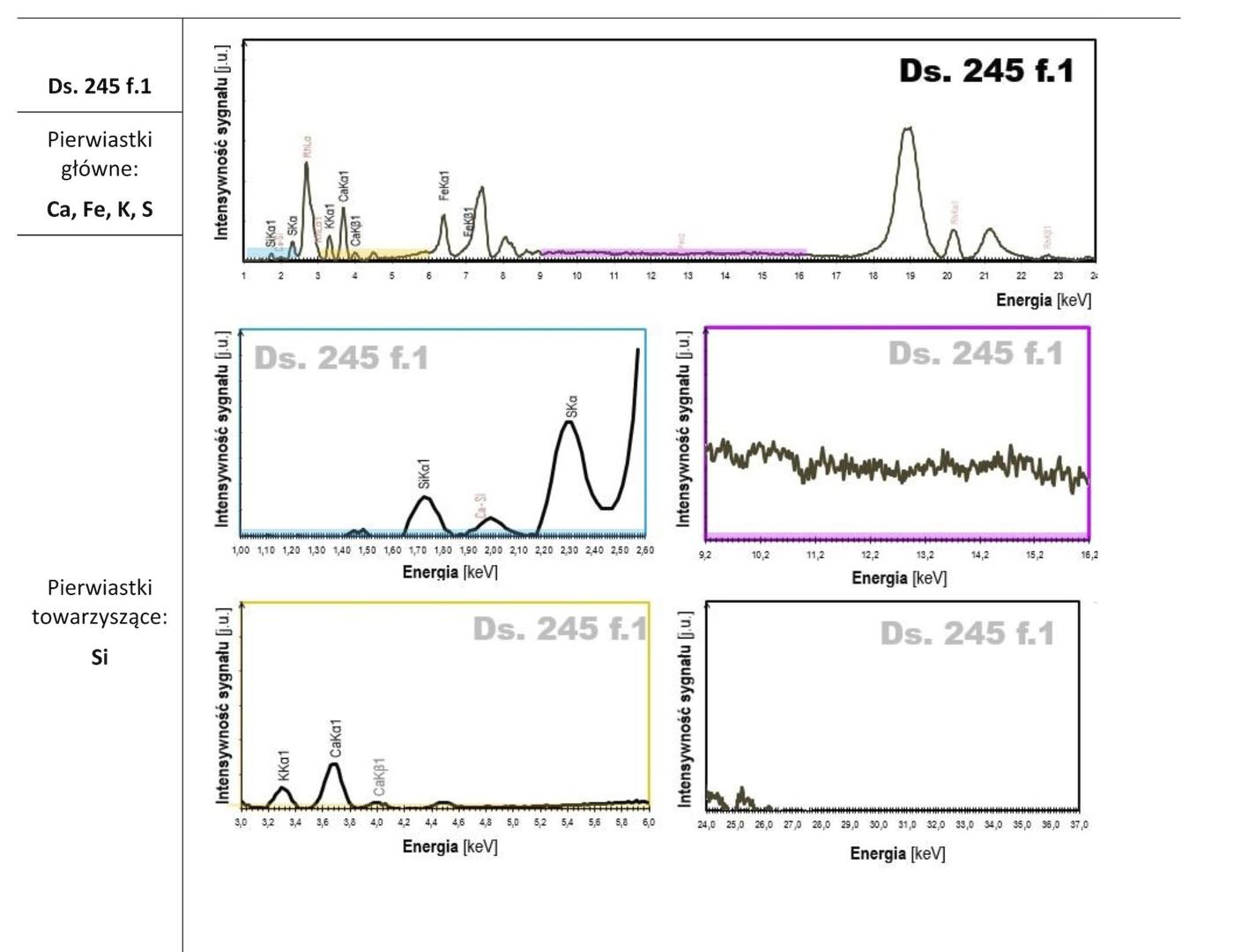DRANGSONG MANUSCRIPTS
| 1. Text number | Drangsong 245 |
| 2. Text title (where present) in Tibetan |
༄༅།། ཐོད་རབས་རྒྱས་འདེབས་བཞུགས་པ་ལེགས་སོ།། |
| 3. Text title (where present) in Wylie transliteration | Thod rabs rgyas ’debs bzhugs pa legs so/ |
| 4. A brief summary of the item’s contents | Invocation of the masters, meditational deities, protector deities, and other worldly deities to bless the suppression of vampires (sri) that predate on humans and livestock |
| 5. Number of folios | 3 |
| 6. Scribe’s name | Rab chung sta ’dzin dar |
| 7. Translation of title | Procedure for applying the seal in the narrative of the skulls |
| 8. Transcription of colophon | yig[yi] ge ’di ni rabs[rab] byung tshul ’khrims[khrims] rnams[rnam] rgyal gyis/ gnas chen bsma bstan[gtan] gling du bris po lags+ho/ bkra shis dpal ’bar ’dzam gling brgyan du shog/ dge’o/ dge’o/ dge’o/
dbal bon stag la me ’bar zhe dang nag po dbal gyi lha la phyag ’tshal lo/ rab chung sta ’dzin dar gyis sor mo rtse gnas[nas] ’bul/ bkra shis/ ha ha/ |
| 9. Translation of colophon | This text was written by the monk Tshul khrims rnam rgyal (?) in the great holy place of bSam gling monastery. Blessings. May it be an ornament of the majesty of the world. Virtue, virtue, virtue.
Homage to the fierce deity sTag la me ’bar. Copied by Rab chung sta ’dzin dar. Blessings. Ha ha. |
| 10. Remarks | The “Narrative of the skulls” is a part of most vampire-subjugation ritual texts in which the hero who defeats the vampire explains the 360 different kinds of skulls in which vampires are to be imprisoned and buried. |
| 11. Remarks on script | dpe tshugs, tshugs ring |
| 12. Format | Loose leaves |
| 13. Size | 8 × 31 cm |
| 14. Layout | |
| 15. Illustrations and decorations | |
| 16. Paper type | Woven, 1-2 layers, even fibre distribution, soft with polishing traces |
| 17. Paper thickness | 0.12–0.17 mm |
| 18. Nos of folio sampled | f. 1 right upper corner |
| 19. Fibre analysis | |
| 20. AMS 14C dating | |
| 21. XRF analysis | Main elements: Ca, Fe, K, S
Trace elements: Ti, Zn, Si |
| 22. RTI | |
| 23. GCMS |


